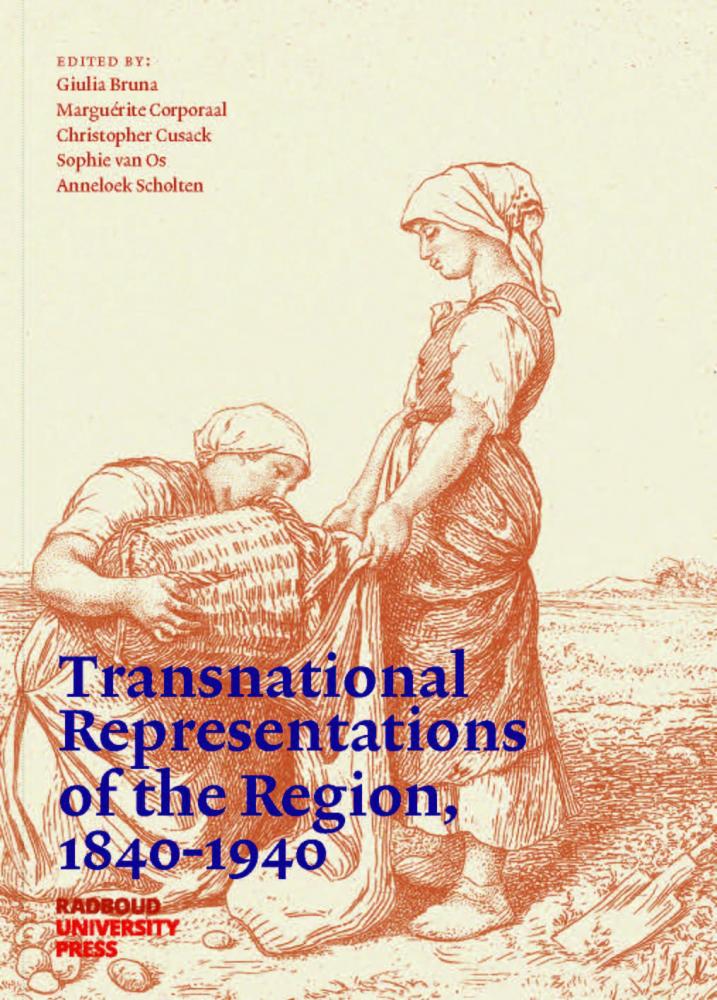Escaping Modernity, Accessing the Past: The Transnational Construction of the Remote in Late-Nineteenth-Century Norway
Synopsis
Norway became an increasingly popular destination for British tourists from across Europe in the latter half of the nineteenth century. Improved infrastructure made travel increasingly fast and comfortable and numerous places became sites of modern mass leisure. Travellers, however, often regarded themselves as escaping the urban and industrial in Britain for a prelapsarian ideal of Norway as a place untouched by modernity.
The increased numbers of travellers put pressure on the notion of Norway as quiet and untouched. This was particularly prominent in rural and mountainous areas, where organisations like Den Norske Turistforening [The Norwegian Trekking Association] (DNT) provided huts, roads, paths, maps and guides to remote areas. These were taken up by travellers from outside Norway as well, as the writings of British mountaineers show. At the same time, discourses around Norwegian national identity were being constructed which relied heavily on the rural to support their notions of what was Norwegian.
One area where DNT was particularly active was the Jotunheimen region of central Norway. Jotunheimen offered escape into a mountain landscape, but also saw the construction of tourist infrastructure, often based around hotels and cabins. These were often run and maintained by local people who also acting as mountain guides. Travellers from outside of Jotunheimen were also often dependent on the networks and support of locals. As such, Norway in the late nineteenth century provides a useful example of the construction of regional identities, as well as the way the regional could be shaped by transnational contact.
Downloads
Pages
Published
Series
Categories
License

This work is licensed under a Creative Commons Attribution-NonCommercial-NoDerivatives 4.0 International License.


